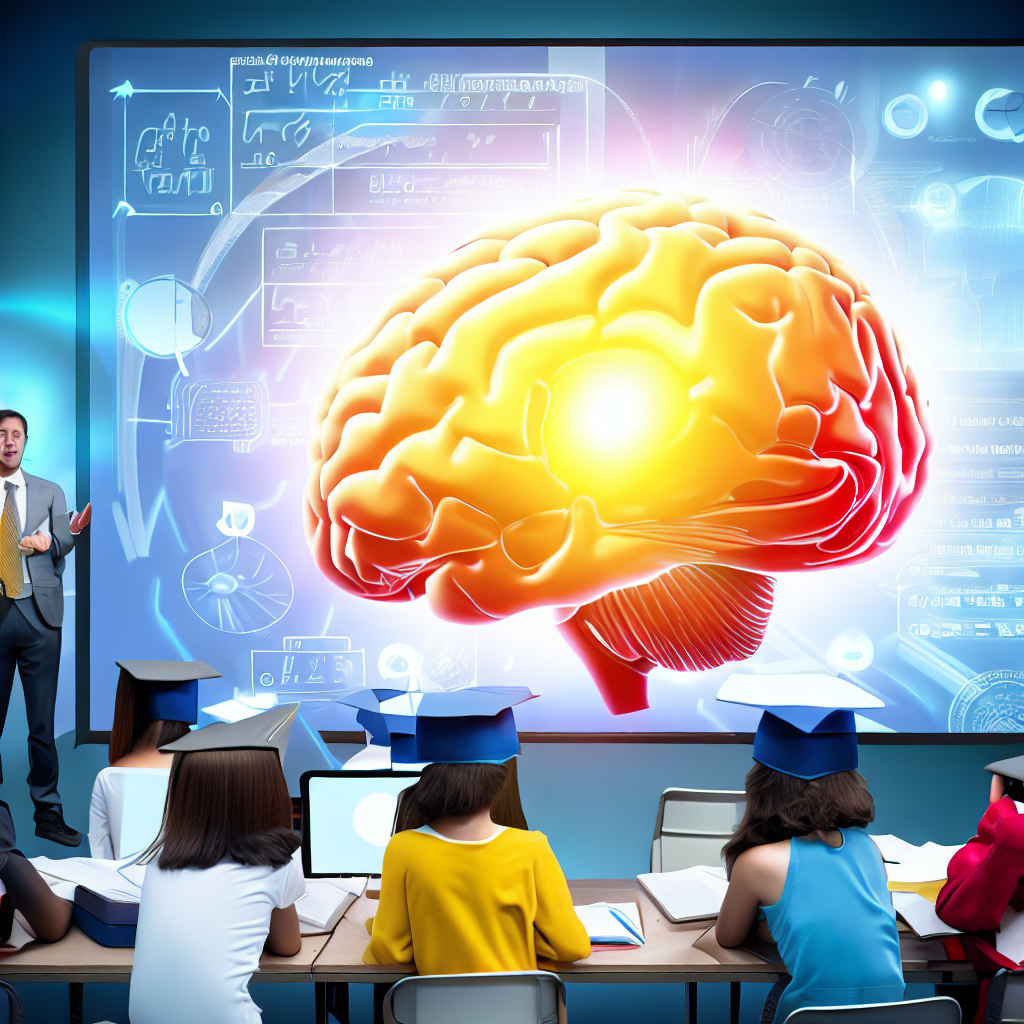Unlocking the Secrets of Immersive Learning: Overcoming the Challenges of AR and VR Integration in Education
AR and VR technologies are gaining popularity in the field of education as they provide a unique and immersive learning experience. These technologies have the potential to revolutionize the way students learn and enhance their understanding of complex concepts. However, the adoption of AR and VR technologies in education has been slow due to various challenges.
Adoption Cost:
The first and most significant challenge is the cost. AR and VR technologies are expensive, and many schools and educational institutions may not have the budget to invest in such technologies. The procurement of hardware and software required for these technologies can be an added expense that some institutions may not be able to afford.
Technical Training:
Another challenge is the lack of technical expertise among teachers and educators. Implementing and using AR and VR technologies in the classroom requires technical skills that many educators may not possess. This lack of expertise can be a major barrier to the adoption of these technologies in the classroom.
Computing Infrastructure:
Infrastructure is also a significant challenge in the adoption of AR and VR technologies. These technologies require a significant amount of computing power and storage, which can be a challenge for schools with limited IT resources. The installation and maintenance of such infrastructure require significant expertise, which may not be available in some schools.
Expensive Content Creation:
Content creation is another challenge in the adoption of AR and VR technologies in education. There is a lack of high-quality educational content that has been specifically designed for AR and VR technologies. This can limit the effectiveness of these technologies in the classroom and reduce their impact on student learning.
Prolonged Usage Health Impact:
Health and safety concerns are also a significant challenge in the adoption of AR and VR technologies in education. Prolonged use of VR headsets can cause discomfort or motion sickness, which can be a concern for some students. Proper guidelines and regulations need to be put in place to ensure the safe use of these technologies in the classroom.
Integration with Existing Setup:
Finally, integration can also be a challenge in the adoption of AR and VR technologies in education. Some teachers and educators may not be familiar with these technologies or may prefer traditional teaching methods. Resistance to change can be a significant obstacle to the adoption of new technologies in the classroom.
The adoption of AR and VR technologies in education can be challenging, but the solution is within reach. With the right tools and platforms, teachers can harness the power of these technologies to make their lessons more engaging and immersive. One such platform is the one that brings AR and VR-like interactive capabilities to existing smartboards and projectors. This platform is designed to be as easy to use as creating PPTs, allowing teachers to upload and create AR and VR content in just a few clicks.
The platform enables the creation of 3D videos as simple as using Google Meets or Zoom, and it can render AR, VR, and 3D content with just one click. Sharing content is also easy, as it only requires sharing URLs. Moreover, the platform can be integrated with any Learning Management System, making it accessible to a broader range of educators.
By using this platform, teachers can become powerful educators who engage and inspire their students. The immersive and interactive experience offered by AR and VR technologies can help students learn complex concepts more easily, and the platform’s ease of use and accessibility can help more schools and educational institutions adopt these technologies.
In conclusion, the solution to the challenges of AR and VR integration in education is a platform that empowers teachers with powerful tools to create engaging and immersive content. With such a platform, teachers can overcome the challenges of cost, technical expertise, infrastructure, content creation, health and safety concerns, and integration, and take their teaching to the next level.
About Perceived:
Perceived is a leading research and development company based in India that specializes in human-computer interaction capabilities for education. Founded in 2019 by experienced engineers who have worked in prominent EdTech companies like Byju’s, Unacademy, and Edu-com, Perceived has quickly established itself as a rising star in the field of education technology.
Backed by leading EdTech incubators like AWS edstart and government institutes like IAMAI (K-tech) and IIIT-Bangalore, Perceived is dedicated to providing real-time experience and engaging, interactive learning experiences to students through the use of proprietary XR technologies and design vision.
As an award-winning company, Perceived has helped its clients successfully adopt the concept of real-time experience in classrooms by using prototypes that are not only engaging but also vividly convey how students will experience the product. With a strong focus on innovation, collaboration, and excellence, Perceived is poised to continue making valuable contributions to the field of education technology.

